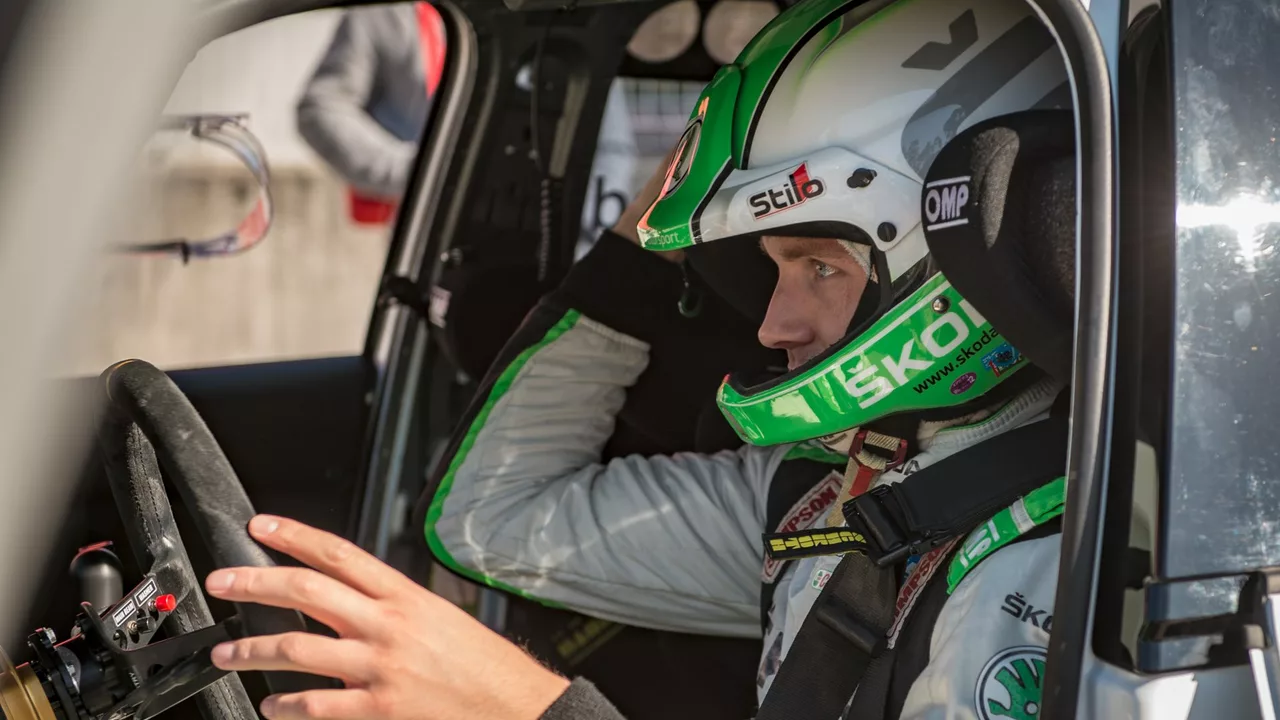Shifter Types in Rally Cars – Which One Fits Your Driving Style?
When you’re ripping through forest stages or blasting over gravel, the way you shift gears can make or break a run. Rally drivers don’t just pick any gearbox; they choose a shifter type that matches the car’s power, the terrain, and their own feel for the clutch. In this guide we’ll break down the most common shifters, explain how they work, and help you decide which one suits you best.
Sequential vs H‑Pattern: The Core Debate
A sequential shifter forces you to move the lever up for a higher gear and down for a lower gear – no skipping gears, no choosing a random slot. It’s fast, predictable, and lets you keep both hands near the wheel, which is a huge safety win on twisty stages. Most modern rally cars use this setup because the driver can shift in milliseconds without looking away.
H‑pattern shifters are the classic “road‑car” layout where you move the lever left‑right and forward‑back to select any gear. They give you the freedom to skip gears, but they demand more movement and a steadier hand. In rallying, the extra motion can slow you down and increase the chance of a missed shift, especially on rough surfaces.
Dogbox, Paddle, and Other Variants
Dogbox gearboxes sit somewhere between sequential and H‑pattern. They use a “dog‑ring” system that lets you change gears without a clutch once the car is moving. The result is razor‑sharp shifts that feel like a race‑car on a road‑car platform. Many top‑tier rally teams prefer dogboxes for their durability and the tactile feedback they give drivers.
Paddle shifters, mounted behind the steering wheel, let you shift by pulling a lever with your fingers. They’re common in rally‑grade rally‑cross cars and some modern WRC cars. The advantage is zero hand‑off from the wheel, but they rely on an electronic actuator, which adds complexity and weight.
Another niche is the “semi‑auto” shifter, where you still have a manual lever but an electronic system cuts the clutch for you. It offers the feel of a manual with the speed of a dual‑clutch. It’s not yet widespread in grassroots rally, but you’ll see it in professional series.
Choosing the right shifter isn’t just about speed. Reliability matters a lot on long endurance events. Sequential and dogbox units have fewer moving parts than an H‑pattern clutch‑linkage, which means fewer things can go wrong on a weekend of stages.
If you’re new to rally, start with a basic sequential shifter. It’s cheap, easy to maintain, and it teaches you to shift quickly without looking at the lever. As you gain experience, you can experiment with dogbox or paddle setups to shave off fractions of a second.
When you shop for a gearbox, ask yourself: Do I need the absolute fastest shift, or do I value simplicity and durability more? Do I have a car that can accommodate a dog‑ring setup, or is a straight‑pull sequential the only option? Answering these questions narrows the field fast.
Remember, the shifter is only part of the package. Engine torque, suspension, and tyre choice all interact with how you shift. A perfect shifter won't fix a car that's under‑powered or over‑stiff.
Bottom line: sequential shifters dominate the rally scene for their speed and reliability, dogbox gearboxes give pro‑level precision, and H‑pattern remains a viable choice for budget builds or drivers who love the classic feel. Test a few, feel the difference, and pick the one that makes you confident on every stage.
What kind of shifter do the rally drivers use?
Hey there speed demons! Let's have some fun chatting about rally drivers and their gear shifting preferences, shall we? Now, most of these daredevils use what's known as a sequential gearbox. It's like playing a game of "follow the leader" with your gears, where you can only go from 1st to 2nd, 2nd to 3rd, and so on... no skipping around allowed! It's super quick and efficient, just what our rally heroes need when they're tearing up the dirt. So next time you're channeling your inner rally driver, remember, it's all about the sequential shift!
Read More

